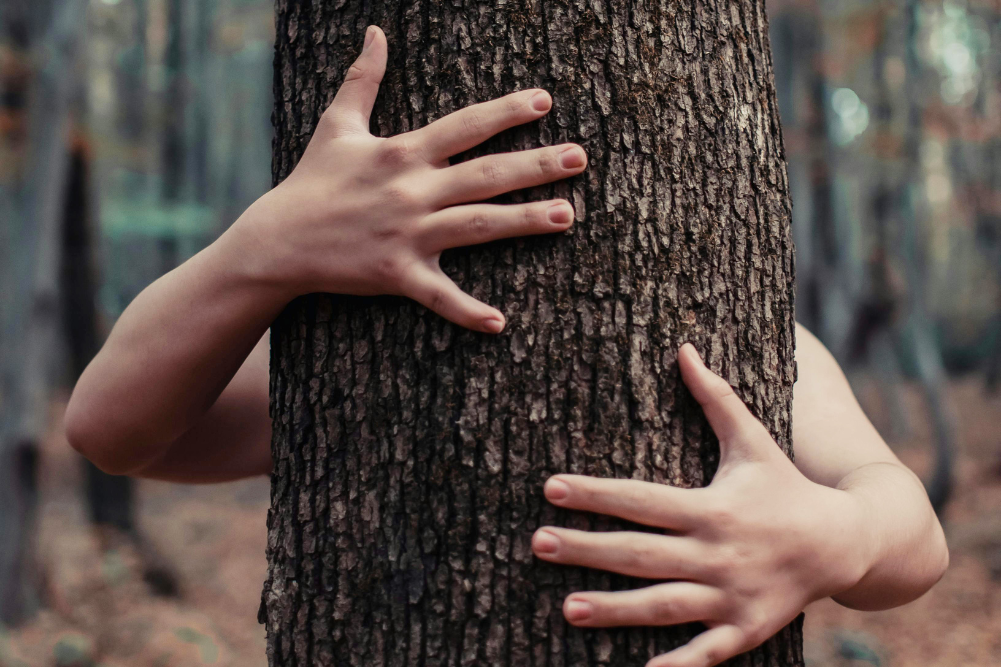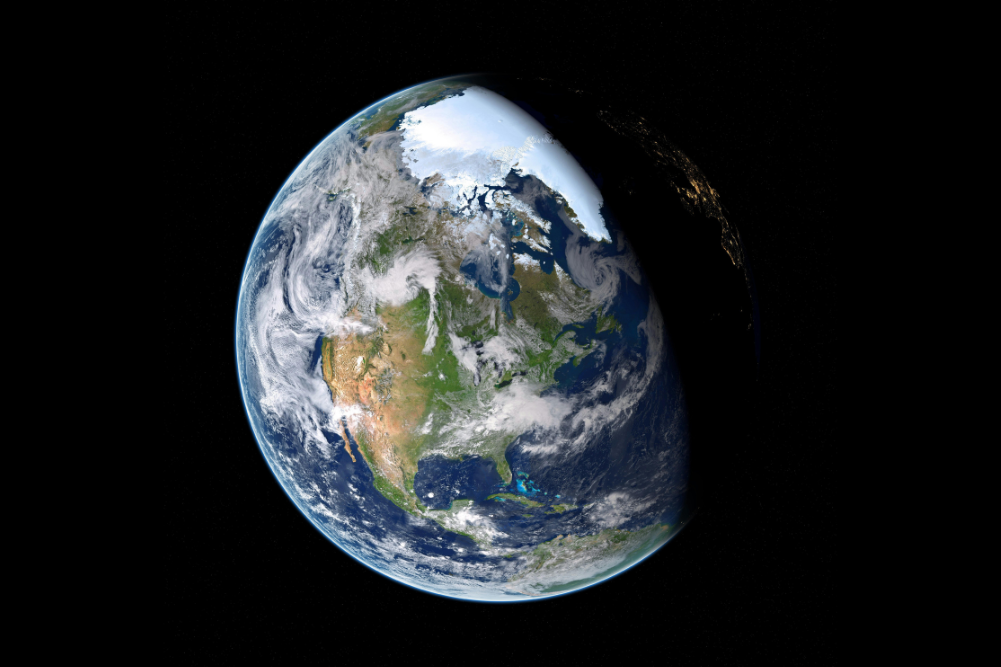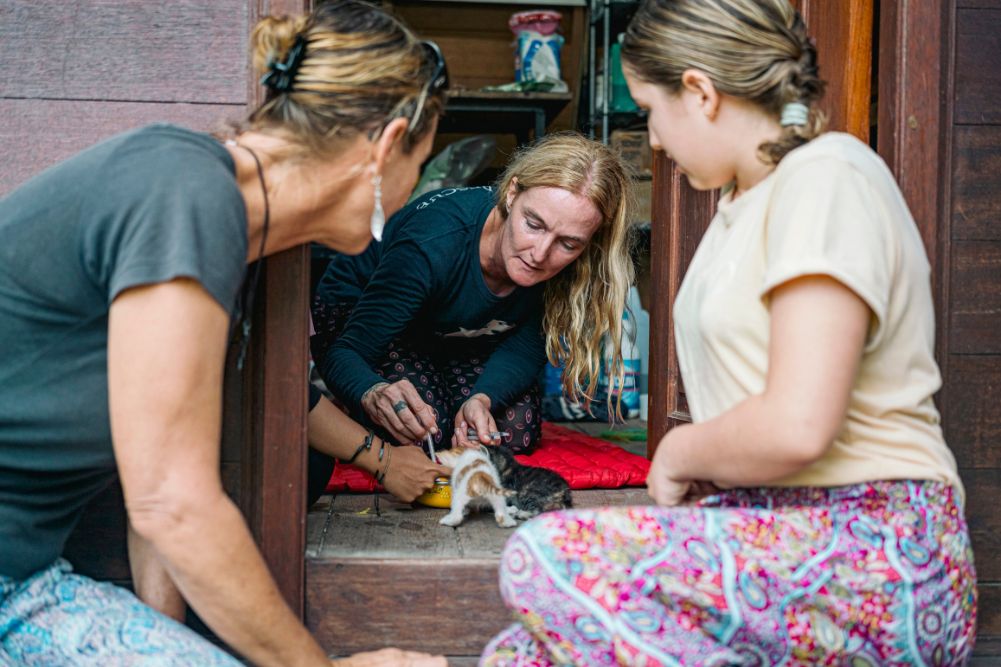Is aquaculture the answer to overfishing?
As a professional conservationist, I know quite a lot about overfishing. I experienced overfishing first-hand as a boy and I see it continuing. I grew up in Sydney’s northern beaches area, snorkeling, spearfishing and hand-line fishing at every opportunity — nights, weekends and school holidays. Typically for my age, and as a member of a madly keen fishing family, I loved the sea. Its smell, the magnificent vista its wildlife inhabitants were intoxicating.
Mostly, though, I loved to hunt fish. In the grey dawns of winter and summer, my brothers, father and I would sleepily carry our wetsuits, hand spears, fins and face masks around the rocky headlands of Sydney’s coastline and await the first warm rays of the morning sun before donning our gear and slipping beneath the waves in search of our prey.
Sometimes, we would stay close to shore, hunting rock cod, morwong and groper among the sandstone boulders and kelp beds. At other times, we would swim well offshore into depths where we couldn’t see the seabed from the surface. There we would dive deep, developing our breath-holding abilities and looking for larger quarry such as snapper and kingfish and even small sharks like the harmless cat sharks that skulked among the brown kelp.
When we took the family boat out line fishing, my grandma often came along. She loved to fish. She was the only person I knew who could bait a hook, cast the line, haul in a fish and repeat the cycle without dropping one bit of ash from her ever-present cigarette. Grandma was a chain smoker. Tailor, bream and whiting would succumb to her skills. Those were the good old days. The ocean seemed bountiful and boundless and even the rockpools along the shoreline teemed with life. Large abalone competed for space with sea urchins, and small hula and cardinal fish darted among the urchin spines whenever they saw our inquiring faces.
Then, one day, I noticed a change. The abalone were gradually disappearing from the rockpools, probably because I and others were collecting too many. When snorkeling, it also seemed a while since I had seen a cat shark in the kelp or one of those big, horned morwong that were once so abundant. The fish generally seemed timid and scurried for cover whenever we snorkelled by with our spears.
Gradually, I realized the changes I was noticing were a result of my fishing activities and, I suppose, those of my family and other locals as well. There were simply too many of us doing too much fishing and there were now too few places for the marine life to seek refuge from us. It was about this time, in my late teenage years, that I decided I wanted to be part of the solution and not the problem. I headed off to university to get qualifications in fisheries management and set about my goal: to prevent overfishing. Today, I am the Sustainable Fisheries Campaigner for the Australian Marine Conservation Society and in this role I have learnt a lot about seafood.
Where have all the fish gone?
Global demand for seafood is now greater than the capacity of the sea to supply it. An expanding global population and increasing affluence are pushing to fish harder and causing species to be overfished. A recent damning report by international marine experts, for example, concluded the number of large fish in the world’s oceans has dropped by 90 per cent in the past 50 years, principally due to fishing pressure.
Unfortunately, Australia is not immune to overfishing. Recently, the Bureau of Rural Sciences, which assesses the health of seafood stocks managed by the Australian government, declared more than 20 per cent of the key species managed by the government to be overfished. Interestingly, as a nation of seafood lovers, we now consume an average of 13kg of seafood per person per year — three times the amount we ate in 1930. That’s a lot of fish’n’chips!
Overfishing is a problem Australian governments must resolve by reining in unsustainable fishing practices and by creating refuges in the sea to protect fish stocks and wildlife from overfishing. In the face of declining wild fish supplies, fish farming, or aquaculture, is seen by some as a solution, so let’s look at the role farming has to play in securing both our supply of seafood and the future of marine species.
Down on the farm
Aquaculture is being used to offset the growing demand for seafood the world’s wild fisheries are no longer able to supply. Unfortunately, aquaculture is no panacea to the problems facing our wild fisheries. Aquaculture will not prevent overfishing. In fact, some types of farming, such as seacage aquaculture, add more pressure to our fisheries.
But it’s not a homogenous practice; there are many ways to farm fish. In Australia, aquaculture is principally about growing fresh and saltwater species for affluent seafood markets. It’s not about feeding a starving world. The poorer parts of the world cannot afford our seafood. Our targets are the wealthy markets of Europe, Asia and North America. Australian aquaculture comes in many forms.
Intensive aquaculture, such as seacage, is where feed is added to floating pens packed with carnivorous fish such as Atlantic salmon and trout (both introduced species), barramundi and kingfish. A variation is called “ranching”, whereby wild southern bluefin tuna are captured and corralled into intensively stocked seacages (in South Australia) where they are fed small fish and fattened for sale, mainly to the Japanese market. What is saddening is that the Australian government lists southern bluefin tuna as “overfished” and the World Conservation Union (IUCN) lists them as “critically endangered”, yet the species is still allowed to be caught.
Prawn farming is another example of intensive aquaculture, mainly found along the coasts of subtropical New South Wales and tropical Queensland. The egg-bearing females are actually caught wild by seabed trawlers. They are then transferred to tanks where their eyes are removed to induce spawning, which they continue to do until they die. The young prawns are then reared in ponds on a fish and soymeal diet.
Extensive aquaculture is where no feed is added and includes oyster and mussel farming, whereby the animals are enclosed in racks or are attach to lines that are suspended in the water column. Oysters and mussels rely on good water quality as they obtain their food from filtering plankton from the water column.
Land-based forms of aquaculture include growing fish, crayfish and even abalone in tanks and ponds. In this type of aquaculture all the inputs (such as feed, water and livestock) and outputs (waste materials) can be carefully controlled, thus minimising the environmental impact. More recent aquaculture innovations include growing abalone in the hull of ships or rearing saltwater fish, such as snapper, in saline inland ponds.
Boom times
Historically, most aquaculture production occurred in Asia and focused on growing freshwater herbivorous (plant-eating) species such as carp. Freshwater aquaculture generally has few environmental issues associated with it and is a significant contributor to global food supplies. Today, carp, for example, accounts for 35 per cent of the world’s aquaculture production.
However, in the past 25 years, there has been a boom in the global production of carnivorous species such as Atlantic salmon, trout, barramundi and prawns. Between 1985 and 2000, global Atlantic salmon production alone grew 16-fold and today more Atlantic salmon is produced in farms than is taken from the wild. Unfortunately, carnivorous species eat wild caught fish, which is fed to them whole or is mixed with soy or other food crops and converted into fish meal. For this reason, growing carnivorous species puts more demand on wild fisheries, not less.
Australia has joined the aquaculture boom, eager to cash in on the lucrative global market for luxury seafood products. Today, aquaculture accounts for about half of Australia’s total fisheries production by value (around $800 million annually). Southern blue fin tuna accounts for 34 per cent of national aquaculture production, Atlantic salmon 16 per cent, prawns 8 per cent and abalone 4 per cent. With so much money to be made, it’s no wonder governments are supporting the aquaculture boom. Most concern centres around the practice of seacage aquaculture.
Seacage aquaculture
Here are some issues to consider when it comes to seacage aquaculture:
Fish meal Carnivorous species such as Atlantic salmon, tuna and trout are fed small fish whole or as part of fish meal. It takes 1-4kg of wild fish processed into meal to produce 1kg of Atlantic salmon and as much as 12kg of wild fish (such as sardines and other small species) to produce 1kg of tuna.
Escapes Caged fish escape, often in large numbers, and because they were grown by humans, they’re not native animals. These fish are carnivorous and may predate on wild fish. They may also form new populations or transfer disease to native populations. Recent data obtained by the Pure Salmon Campaign under Freedom of Information laws shows that in Tasmania alone about 250,000 seacage trout and salmon have escaped from seacages in Tasmania since 2000. Salmon also regularly escape from sea pens. In an incident in mid 2007 there were 9000 mature fish that swam free of a pen at Strahan, triggering an amateur netting spree over the Queen’s Birthday long weekend.
Wastes Faecal material from seacages (fish poo) has the potential to add a lot of nutrients to our waterways. In areas where seacages are placed, authorities rely on the ability of the surrounding waters to dilute and disperse the fish wastes to prevent impacts. This was once the attitude we had towards human pollution, too, until we realised that the solution to pollution is not dilution. Treating the sewage to high standards in sewage treatment works is the way to prevent pollution (and we spend a lot of money trying to do so). Unfortunately, sewage from seacages cannot be treated because the wastes are not contained in the cages but flow freely out of them.
Health risks Unfortunately, seacage aquaculture is not immune to health risks because the caged animals are kept in unnatural conditions and outbreaks of disease are therefore more likely than in wild populations. The use of antibiotics in Atlantic salmon and trout farms to control disease, for example, has increased from 12kg a year a decade ago to a total of almost eight tonnes in the first three months of 2007, according to Tasmanian government figures. Most recently, a Sydney newspaper exposed concerns about the use of an antibiotic called oxytetracycline to treat parasites in Atlantic salmon and trout farms in Tasmania. The farms maintain a holding period to allow antibiotics to pass through the fish before they are harvested, but Tasmania’s primary industries minister said there was a potential public health risk if oxytetracycline entered the human food chain through consumption of wild fish that might eat medicated feed that flows out of the pens, or treated salmon that escape.
Future fishing
There are more sustainable ways to develop Australia’s aquaculture industry. They begin with phasing out damaging seacage aquaculture and replacing it with fully enclosed land-based types. Fully enclosed systems can contain disease and allow for all inputs, including feed, and outputs, such as wastes, to be accurately monitored and controlled. The use of antibiotics may remain a problem but could be more easily overcome in fully enclosed systems.
Solutions to Australia’s overfishing and unsustainable aquaculture issues lie not only with governments and industry but with us, the consumers. As a consumer, you can make more sustainable seafood choices that don’t support overfishing or unsustainable aquaculture. Your choices can change the fishing and aquaculture practices of our industries.
I suppose I have come along way from chasing fish with my father and brothers. I no longer take pleasure in fishing and instead enjoy the sea by sail (or motorboat) and in the company of family or friends — leaving the wildlife in peace. I find myself eating a lot less seafood these days and am trying to reduce stress, eat better and get more exercise to improve my lifestyle and longevity. I am also looking to the future and my unborn child who will arrive at Christmas. What world will she or he inherit from us?
Hopefully, it will be one where unsustainable fishing and aquaculture practices are a thing of the past and where securing the long-term health of our marine wildlife and seafood stocks are of paramount importance to us all.
Fish farming
| Avoid | Better choice | Why |
|---|---|---|
| Commercial scallops | Blue swimmer crab or oysters | The scallop has been classified as overfished by the Bureau of Rural Sciences, but oysters and crab are robust and highly productive species. |
| Shark (flake) | Mullet | Several species of Australian shark are threatened with extinction, but wild mullet are caught using responsible methods. Ask for this at the fish’n’chip store. |
| Southern bluefin tuna | Trevally | Heavily overfished and mostly bred in seacages, tuna could be substituted with trevally (though not silver trevally), which is a robust fish often caught wild. |
| Atlantic salmon | Australian salmon | Australian salmon is wild-caught, as opposed to seacage-bred Atlantic salmon. |
| Moreton Bay bugs | Western rock lobster | Bugs are vulnerable to overfishing, but the Western Australian Rock Lobster Fishery has been environmentally certified by the Marine Stewardship Council. |
Source: Australia’s Sustainable Seafood Guide
In conjunction with colleagues at the Australian Marine Conservation Society, Craig Bohm has produced Australia’s Sustainable Seafood Guide, which can be ordered online at www.marineconservation.org.au or by calling 1800 066 299.







